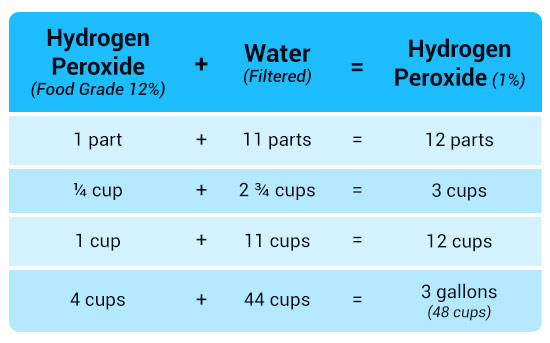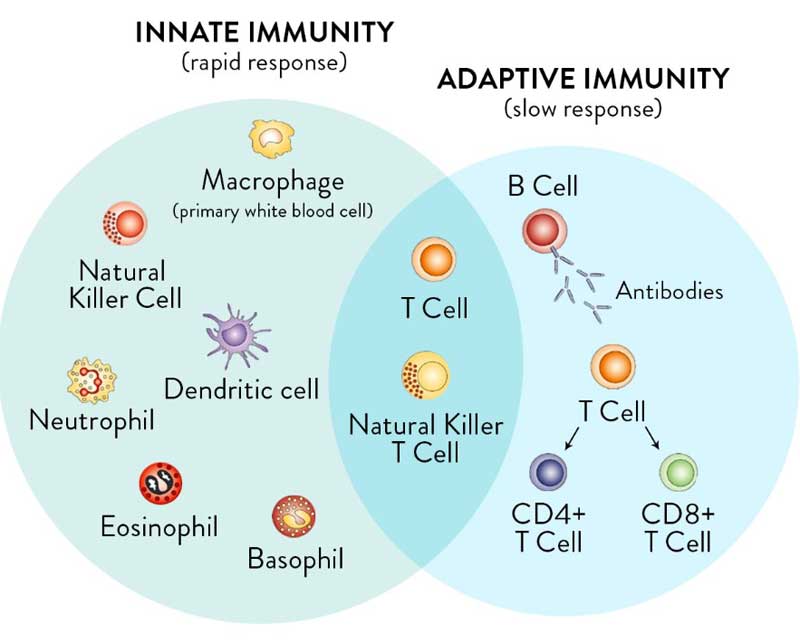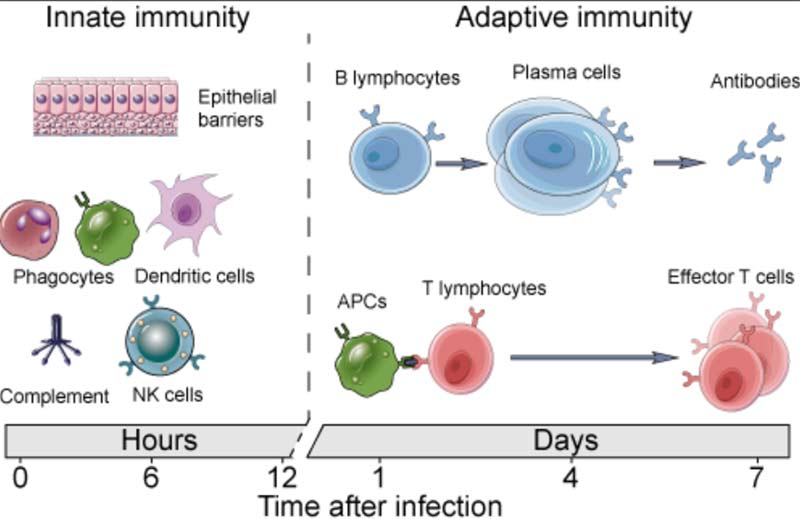GMO Mosquitoes To Be Released in Florida
In June 2020, the Florida Department of Agriculture and Consumer Services gave the go-ahead to a plan to release millions of genetically engineered mosquitoes in the Florida Keys this summer to fight mosquito-borne illnesses.1 The plan follows the EPA's recent granting of an experimental use permit (EUP) for the GMO (genetically modified organism) mosquitoes so they can be released in Florida in 2020 and in Texas in 2021.2
The mosquitoes, engineered from the Aedes aegypti mosquito species,3 were created by the U.S.-owned, Britain-based company Oxitec, which originated as a spin-off company from Oxford University and subsidiary of Intrexon.4 The company has also created genetically modified pink bollworm moths and GMO cabbage moths.
The Aedes aegypti mosquito species,5 also called A. aegypti, carries yellow fever, dengue fever, chikungunya, Zika, West Nile and Mayaro,6 a dengue-like disease. (Malaria is transmitted by a different mosquito, Anopheles.7) In the U.S., Oxitec8 is marketing the insects as Oxitec Friendly™ mosquitoes that are a "safe, targeted vector control technology" to combat mosquito-transmitted diseases.9
Citizens Question GMO Mosquito Release
Despite the previous release of Oxitec's GMO mosquitos in the Cayman Islands, Malaysia, Panama and Brazil,10 questions remain about the GMO mosquitoes' effect on wildlife as well as unforeseen and uncontrollable "Jurassic Park-like" events that are feared once the insects are released and can't be "called back."
During the public comment period before the EPA's EUP authorization, 31,000 written comments were received. Many expressed concern about the GMO mosquito's effect on food webs and ecosystems and fears that the released mosquitoes could interbreed with wild insects, creating dangerous hybrid mosquitoes.11
A similar concern about interbreeding with wild organisms accompanied the approval of GMO salmon by the FDA in 2015.12 In 2016, residents of Key Haven, Florida, voted against the release of Oxitec GMO mosquitoes13 and the Florida Keys Mosquito Control District board abided by their wishes.14
Reclassification Gives Oxitec Mosquitoes a Boost
The history behind this is a tale of moves and countermoves. Originally, Oxitec had submitted their genetically-engineered mosquitoes for approval to APHIS, the Animal and Plant Health Inspection Service division of the USDA.15 But since mosquitoes aren’t considered to be pests on plants, the FDA took over Oxitec’s review under its regulations for GE animals.
Oxitec followed up with a petition to the FDA to release its mosquitoes in Florida.16 But, after Key Haven’s citizens rejected Oxitec’s request in November 2016, the FDA decided a few weeks later, in January 2017, to hand over the regulation of GE mosquitoes to the EPA — basically reclassifying the mosquitoes as an insecticide, a product the EPA oversees.17
The transfer was a huge win for Oxitec, as the EPA is required to review new pesticides quickly, within 12 months of submission. (The FDA, on the other hand, has no time lines on its approval process — something that Oxitec officials admitted had frustrated them for years.18) Oxitec got another boost in 2018 when the Bill & Melinda Gates Foundation decided to fund one of its other mosquitoes, for malaria, to the tune of $4.1 million.19
After the hand over to the EPA, Oxitec wasted no time in resubmitting its request to release mosquitoes in Florida, as well as Texas — and won the EPA’s approval. Now, as a GMO mosquito release again approaches, angry Florida residents say they refuse to be treated as "guinea pigs" for a "superbug," "Robo-Frankenstein" mosquito.
Well-funded GMO-backed PR campaigns are rushing to assure Floridians that the GMO mosquito doesn't bite.20
Mosquitoes Kill More People Than Any Other Creature
There was a time when people who lived in the U.S. thought of mosquitoes as just annoying insects whose itchy bites could be an impediment to enjoying summer nights. But with the emergence of West Nile, Zika and the spreading of Saint Louis encephalitis21 in the U.S., Americans now realize, like their counterparts in warmer nations, that mosquitoes can and do kill.
In addition to the diseases caused by A. aegypti, other mosquitoes transmit chikungunya,22 which can cause debilitating joint pain,23 and lymphatic filariasis, a disease that dwells in the human lymph system.24 Taken together, mosquitoes kill more people than any other creature in the world.25 According to the Independent:26
"Yes, mosquitoes — the pesky bugs that suck blood and transmit viruses from person to person — are responsible for the most animal-related deaths (830,000 per year to be exact). For comparison, humans are responsible for 580,000 human deaths per year, snakes account for 60,000 deaths per year and sharks claimed just six lives per year."
In 2015, dengue sickened 1.5 million people in Brazil alone, including 1,600 in the city of Piracicaba located in the Brazilian state of São Paulo.27 The United Nations estimated that in Africa, mosquito nets could save 500,000 lives a year.28
Deadly mosquito-borne diseases are also getting worse, in part because of climate change, according to an article in Yale Environment 360, a publication of the Yale School of Forestry & Environmental Studies.29
"[A]n international team of researchers has found that by 2050, two key disease-spreading mosquitoes — Aedes aegypti [the species that Oxitec engineered] and Aedes albopictus — will significantly expand their range, posing a threat to 49 percent of the world’s population.
'If no action is taken to reduce the current rate at which the climate is warming, pockets of habitat will open up across many urban areas with vast amounts of individuals susceptible to infection,' said Moritz Kraemer, an infectious disease scientist at Boston Children’s Hospital and the University of Oxford and a co-author of the new research."
Oxitec's GMO Mosquitoes Are Not New
Oxitec's first release of GMO mosquitoes was in the Cayman Islands in 2009.30 Critics charged that the company rushed a GMO organism into use without informing or consulting the public, but Oxitec reported a 96% reduction in the mosquito population in a small release area in the islands.31
Oxitec also conducted GMO mosquito tests in Panama and Malaysia, but its showcase project was in Brazil, resulting from a collaboration with the University of São Paulo and the nonprofit research facility Moscamed.32 In three treated Brazilian neighborhoods, Oxitec reported a 90% mosquito population reduction.33
Brazil was chosen as a primary location for "a major scale-up" and "proving ground for tailored mosquitoes" because of the nation's high dengue fever rates and the ineffectiveness of pesticides against the Aedes aegypti mosquito, wrote Science magazine.34
Pesticide resistance in Brazil was verified when some of Oxitec's lab-grown GMO mosquitoes perished in Brazil upon release because they "had never been exposed to insecticides [and were] so much less resistant to them than wild mosquitoes." wrote the magazine.35
The GMO mosquitoes, all male, have an inserted gene in their DNA that contains a "self-destruct mechanism."36 The gene creates "tetracycline repressible activator variant," or tTAV, a protein that inhibits other genes in the insect and causes it to die before it reaches adulthood if it does not receive tetracycline.37
However, because the GMO mosquitoes are given the antibiotic tetracycline in the lab, they survive to maturity and can mate with wild female mosquitoes and pass along the self-destruct genes so future females will not survive to breed.38 According to Oxitec:39
"… when Friendly™ mosquito males mate with wild females, their offspring inherit a copy of this gene, which prevents females from surviving to adulthood. Since these females do not mature to reproduce, there is a reduction in the wild pest population."
According to the EPA, the effects of the Friendly mosquito should be "multigenerational" and reduce the Aedes aegypti mosquito populations in areas where it is released.40 The EPA insists it won’t pose risks:41
"Since only male mosquitoes will be released into the environment and they do not bite people, they will not pose a risk to people. It is also anticipated that there would be no adverse effects to animals such as bats and fish in the environment."
Many See Risks With Genetically Engineered Mosquitoes
Because the mosquitoes need tetracycline to survive, doctors addressing the Florida Keys Mosquito Control Board expressed concern that the insects could promote tetracycline-resistant organisms. Key West physician Dr. John Norris said:42
“These insects are designed to get into people’s houses and cause the extinction of whatever Aedes live there, but the bacteria they leave behind is left to breed because it has no death chain.
No physician is going to stand in front of you and speak negatively against the GMs, but … [t]here was a real mistake made, in my humble opinion, when they used an antibiotic as the maturation factor to an organism designed to get into people’s houses and deposit whatever else was along for the ride.”
Dr. Norris is right. Moreover, since the GMO mosquitoes were designed to die in the absence of tetracycline and the assumption was that they would not have access to the antibiotic in the wild, there is another problem.
Tetracycline and other antibiotics are now often found in soil and surface water because of their overuse, especially in farming. This could potentially create a nightmarish scenario — especially since the EPA has approved Florida and Texas citrus growers’ use of tetracycline to fight invasive bacterial infections in their groves.43
Writing in the Boston Globe, Natalie Kofler, founder of Editing Nature and an adviser for the Scientific Citizenship Initiative at Harvard Medical School, and Jennifer Kuzma, professor in the School of Public and International Affairs and co-director of the Genetic Engineering and Society Center, stated the GMO mosquito should not be released until much more thorough study is conducted:44
"For starters, an external independent group of experts should be convened to review the first GM mosquitoes … To address the complexity of such a decision, this group should consist of interdisciplinary experts representing diverse identities with expertise in ecology, genetics, vector biology, risk assessment, entomology, public health, ethics, and social science.
External peer review is a cornerstone of good science and could ensure that all necessary risks are being addressed."
Environmental Groups Plan to Sue
The EPA has said it will have Oxitec monitor the GMO mosquito release to assure safety.45
"Oxitec is required to monitor and sample the mosquito population weekly in the treatment areas to determine how well the product works for mosquito control and to confirm that the modified genetic traits disappear from the male Aedes aegypti mosquito population over time.
EPA has also maintained the right to cancel the EUP at any point during the 24-month period if unforeseen outcomes occur."
Of course, canceling the EUP won't remove the already released GMO mosquitoes. Meanwhile, the Center for Food Safety, the International Center for Technology Assessment and Friends of the Earth say they plan to sue the EPA for failing to consult with wildlife agencies before determining the mosquitoes to be risk-free.46
In a letter to the heads of the U.S. EPA, the Department of Commerce, the National Oceanic and Atmospheric Administration, the Department of the Interior and the Fish and Wildlife Service, the groups wrote:47
"EPA’s 'no effect' findings and failure to consult are arbitrary and capricious and violate the ESA [Endangered Species Act] because they fail to follow the ESA’s mandated procedures, fail to use the best scientific and commercial data available, fail to consider significant aspects of the issue, and offer an explanation that runs counter to the evidence."
There is a reason that careful study is part of the Endangered Species Act. Mutations and behavioral adaptations to human interventions occur in nature and cannot be predicted.
For example, National Geographic recounted that "different species of mosquitoes have changed their predatory behavior to outside and earlier in the day in the Solomon Islands, Papua New Guinea, Vanuatu, and Tanzania," as a response to insecticides.48 In another instance, wrote National Geographic:
"… a fascinating study in behavioral resistance is the corn rootworm, an insect that lays its eggs in cornfields so larvae will come up the next year and feast on the roots. Farmers evaded it by rotating crops so what was a cornfield one year will be soybeans the next.
By the 1990s, however … rootworms had changed — instead of hatching every year, one species was hatching every other year, to be there when the corn returned. Another species was leaping into neighboring soybean fields to wait for them to take their turn as cornfields in the next season."
The GMO Mosquito Plan Is Too Dangerous
While engineering insects to stop the spread of mosquito-transmitted diseases might sound preferable to insecticides and vaccines, there are too many unknowns.
At present, the use of GMO insects is in its infancy. Not only are there no precedents from which to draw potential ecological consequences, proper risk assessments have not been done — and quite possibly might be impossible to conduct, considering the many unknown aspects of tinkering with DNA and allowing it to mingle with other species.49
What will be the effect on native species like Florida Keys bats that eat mosquitoes? Are any studies investigating whether the GMO mosquitoes will harm the native bat population? Will the more virulent Asian tiger mosquito, that also carries dengue, fill the void left by reductions in A. aegypti caused by the GMO mosquito and become even more dangerous? Serious questions remain.
In a study published in the journal Ecology and Evolution, researchers attempted to identify potential ecological effects of GMO insects and cited concerning developments that could occur.50
"For instance, if vector populations were suppressed, a reduction in acquired immunity could cause a transient increase in disease incidence, a phenomenon which is not necessarily unique to GE control strategies. Disease incidence may ultimately subside, but a transient increase could have significant implications for risk management and communication.
Conversely, identifying effects occurring in the steady state phase highlighted effects that might result as the ecosystem adjusts to the changed population. For GE mosquitoes, this might include evolution of increased vector capacity, or knock-on effects through the ecosystem, which might harm valued ecological interactions."
The authors conclude there are disturbing unknowns about GMO mosquitoes.
"[I]n evaluating GE mosquitoes, the knowledge gaps in mosquito ecology are striking … particularly with respect to mosquito effects on consumer and resource species. Data and theory on ecological hysteresis in insect communities are also lacking, which makes it difficult to assess whether any changes are irreversible."
Genetic engineering of plants and animals is a dangerous prospect. We’re already seeing "super weeds" and resistance drift arising from the use of GMO crops, an unintended consequence that GMO critics predicted and that could easily have been foreseen. Similarly, resistant super pests are spreading across American farmland and wreaking havoc, while the human health concerns keep mounting.
Genetic engineering of plants and animals may be lucrative to the biotech companies that invent and patent them but they are no answer to farm pests or, in this case, the prevention of mosquito-transmitted diseases.
from Articles https://ift.tt/2NIO1WV
via IFTTT



